The Sierra Nevada Corporation, or SNC, plans to integrate variants of the very capable and combat-proven AGM-158 Joint Air-to-Surface Standoff Missile series of stealthy cruise missiles onto its MC-145B Wily Coyote armed light transport aircraft. The company says that the ability to deploy these weapons via the aircraft’s rear cargo ramp will enable them to contribute to operations during higher-end conflicts, as well as support responses to lower-tier contingencies. U.S. Special Operations Command is presently testing an MC-145B prototype, among other types, as part of its Armed Overwatch program, as a potential replacement for the U-28A Draco aircraft, which will be primarily expected to operate in permissive environments.
SNC highlighted the planned Joint Air-to-Surface Standoff Missile (JASSM) capability for the MC-145B in a recent press release and accompanying video. No mention was made of any plans to integrate this stealthy cruise missile in the materials that the company previously provided to The War Zone, which was the first to report in-depth on the Wily Coyote’s configuration and expected capabilities. The aircraft itself is derived from the Polish-designed M28 Skytruck twin-engine turboprop light utility aircraft, an unarmed version of which, the C-145A Combat Coyote, U.S. Air Force Special Operations Command (AFSOC) already operates.
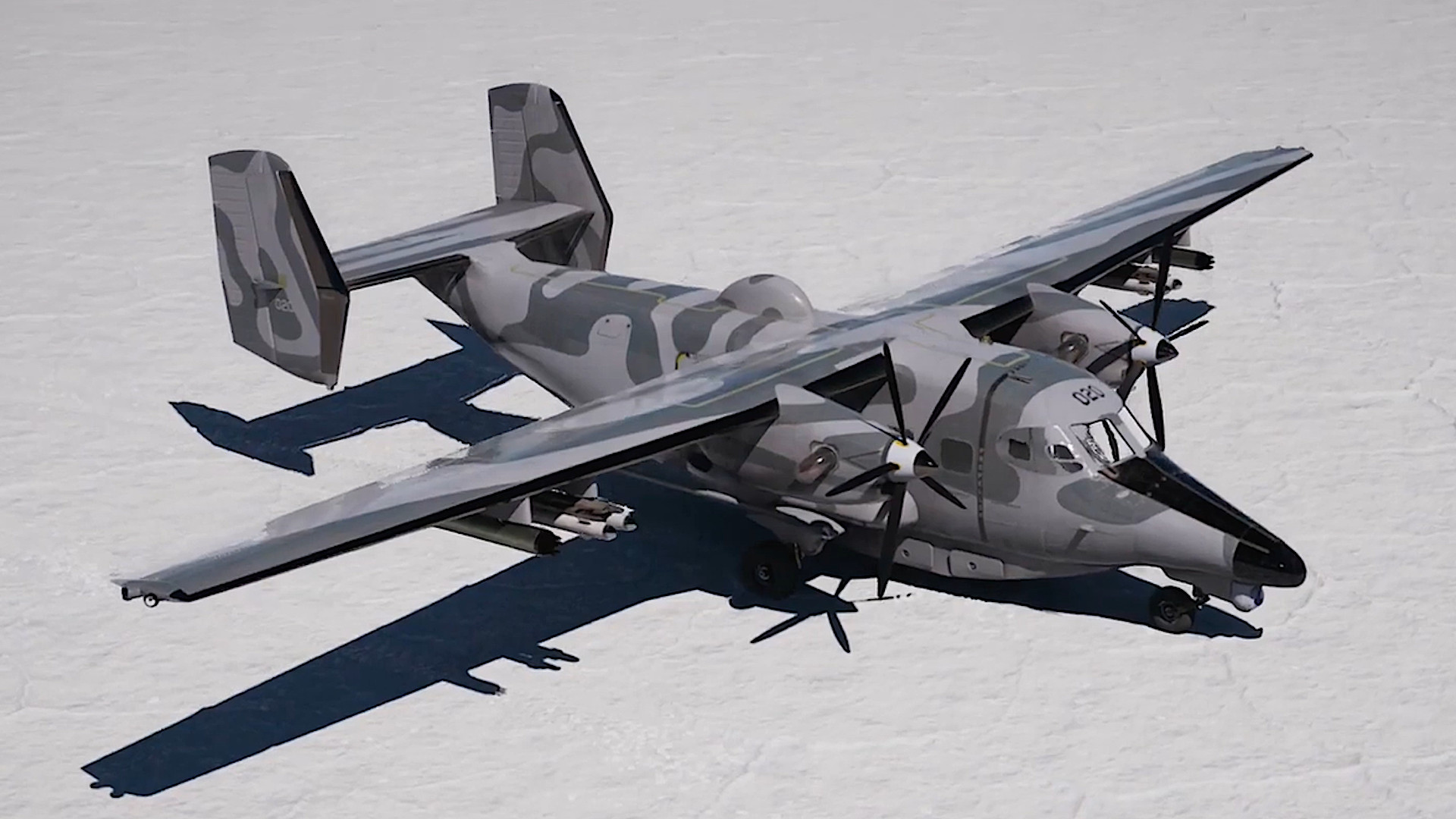
“We can actually do palletized munitions,” Mark Williams, SNC’s Vice President of Aviation Strategic Plans and Programs, says in the recently released video. “We’re going to be the only ones [in the Armed Overwatch competition] who can actually fire a JASSM out of the cargo bay.”
SNC has not said what variant or variants of the JASSM series it is planning to integrate onto the MC-145B. The U.S. Air Force presently has two versions of the AGM-158 in inventory, the standard type with a range of around 230 miles and an extended-range one, or JASSM-ER, which can hit targets out to around 600 miles. Both of these are intended for use against targets on land. The U.S. Air Force and the U.S. Navy have also fielded an anti-ship derivative, the AGM-158C Long-Range Anti-Ship Missile (LRASM), and the latter service is now pursuing a variant that will be a hybrid of sorts between the JASSM-ER and the LRASM. An Extreme Range version, or JASSM-XR, is also under development and is expected to be able to strike threats more than 1,000 miles away.
It’s also not clear how many of these missiles SNC expects that an MC-145B will be able to carry at once. Concept art that the company has released so far shows a single missile in the plane’s main cargo bay. However, the weapon is depicted sitting between the two rows of four Common Launch Tubes (CLT) that the Wily Coyote can also be configured to carry. Each one of these tubes can be used to launch a variety of precision-guided munitions, as well as small drones. The aircraft also has four underwing hardpoints for additional stores.
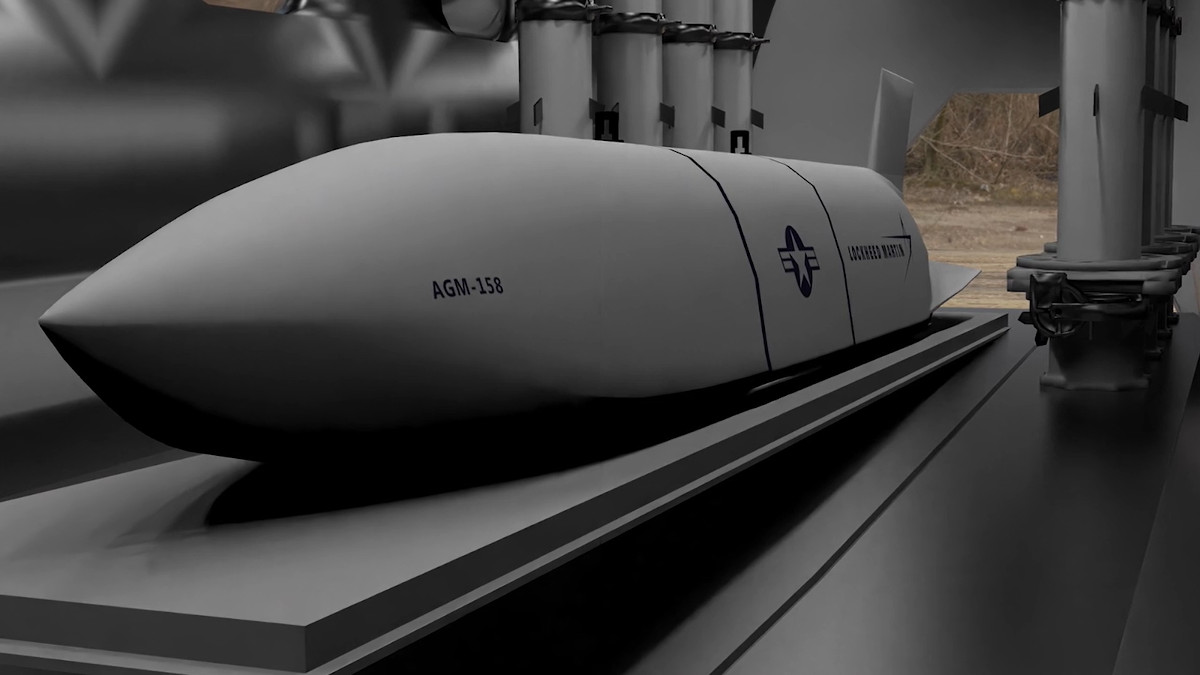
“We’ve got the ability to shoot anywhere from 14 to 28 APKWS [Advanced Precision Kill Weapon System 70mm laser-guided rockets]. We also have the ability to shoot Hellfires, as well,” SNC’s Williams explained in the promotional video. “We can drop a Small Diameter Bomb. We have eight reloadable Common Launch Tubes in the cargo bay. You can launch a bunch of precision-guided munitions. You can launch UAVs [unmanned aerial vehicles] out of those CLTs.”
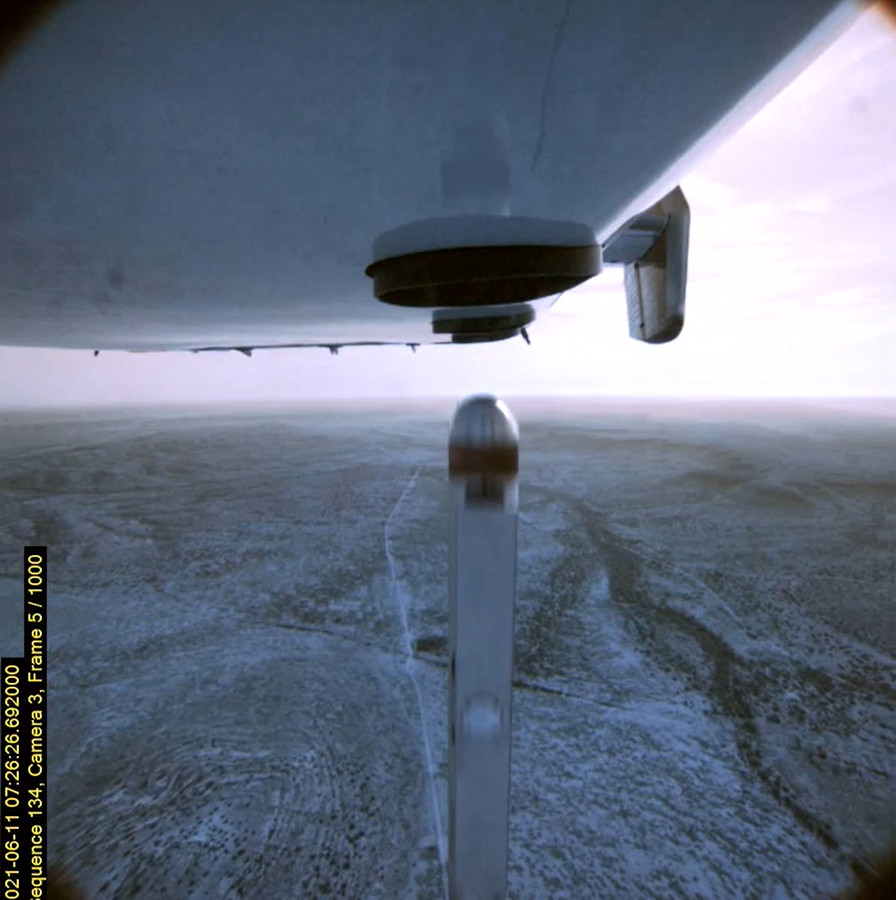
The MC-145B is also designed to be able to accommodate a variety of different communications, data-sharing, and sensor packages. This includes provisions for sensor turrets with electro-optical and infrared cameras, as well as laser-designators, under the nose and in a retractable position under the fuselage. The aircraft will also be able to carry podded systems, such as the NSP-7 radar, which has synthetic aperture imaging and moving targeting indicator functionality.
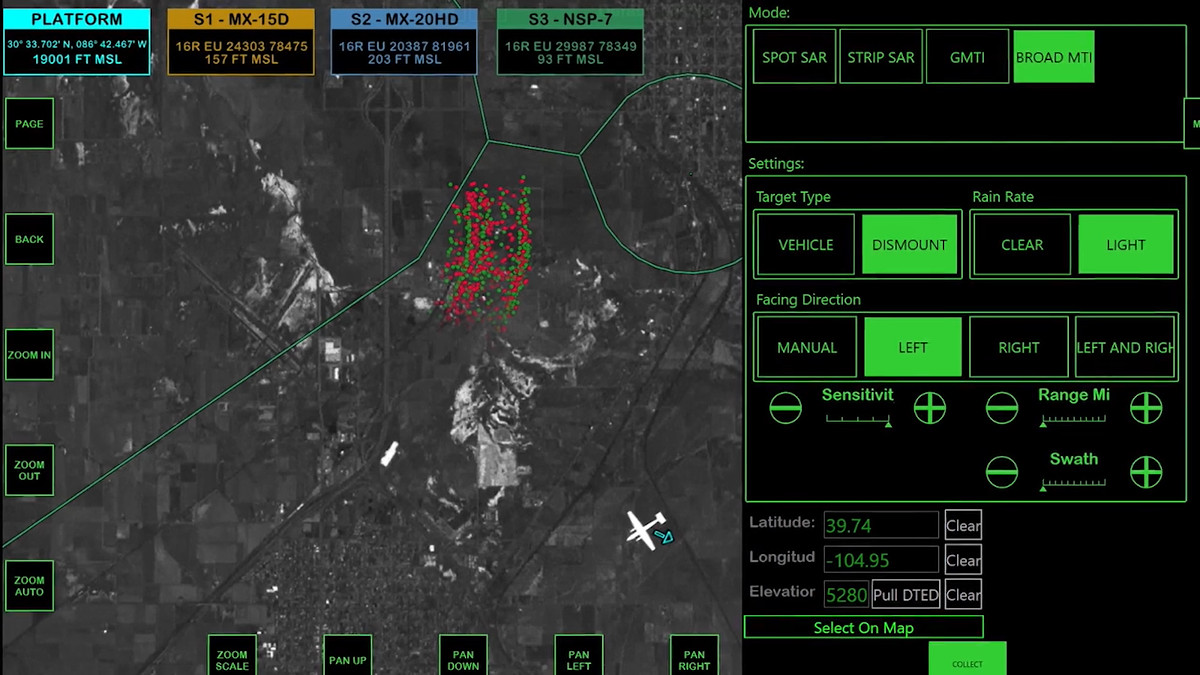
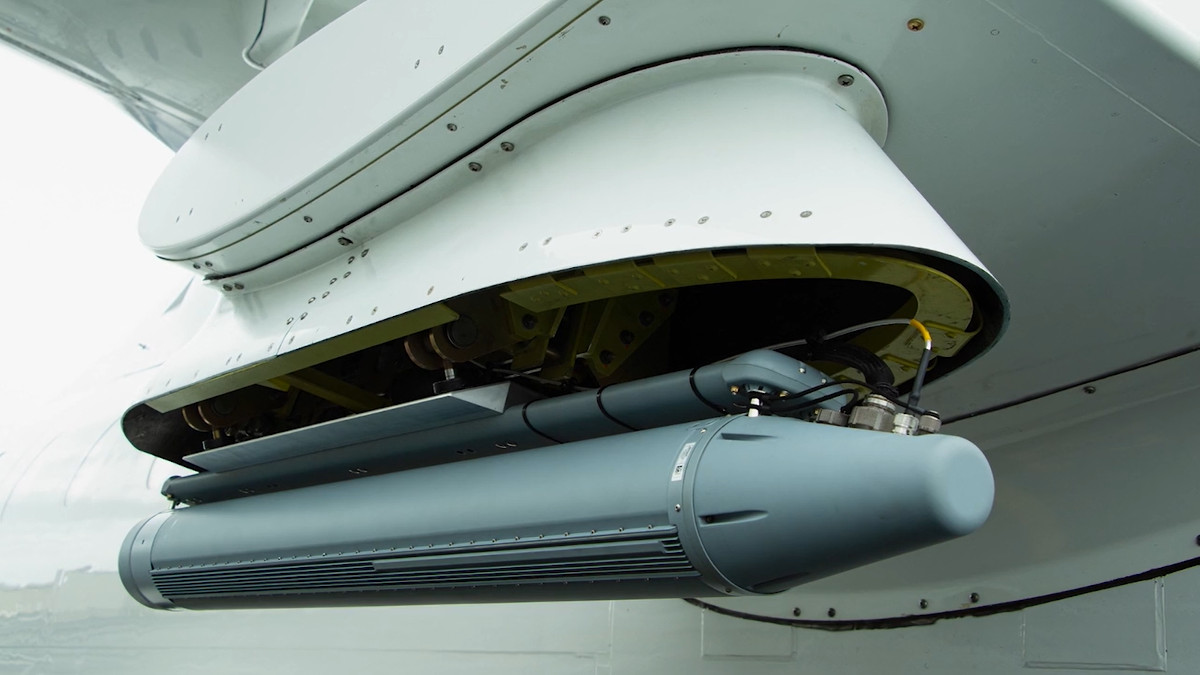
When it comes to planned munition options, the JASSM is in a completely different category from the weapons that the other aircraft competing in U.S. Special Operations Command’s (SOCOM) Armed Overwatch fly-off are capable of employing. In the promotional video, SNC’s Williams made clear that the point of integrating this cruise missile onto the aircraft was so that it could “actually have an impact in the peer-to-peer fight,” as well as support lower-end operations.
The marketing material SNC had previously released to The War Zone also mentioned the possibility of the MC-145B being able to deploy versions of the ADM-160 Miniature Air-Launched Decoy (MALD), as well as X-61A unmanned aircraft, via the rear ramp. The ADM-160 is, in many ways, a small cruise missile that carries an electronic warfare payload, which can jam or otherwise confuse enemy radars, depending on the version, instead of a traditional warhead. The X-61A is an experimental drone under development as part of the Defense Advanced Research Projects Agency’s (DARPA) Gremlins program that is capable of operating as part of a networked swarm and that is designed to be air-launched and
recovered in mid-air by a mothership aircraft.


As The War Zone
noted in our initial coverage of the MC-145B, both of these systems are heavily geared toward defeating higher-end integrated air defense networks, something that seemed well beyond the scope of SOCOM’s Armed Overwatch effort. The JASSM plans only further underscore that SNC is pitching the aircraft as a more robust platform that could have broader applications.
The Wily Coyote “can also do other missions that aren’t even captured in the [Armed Overwatch] requirements,” Williams, SNC’s Vice President of Aviation Strategic Plans and Programs, said in the recent promotional video. The company has also been focusing heavily on other multi-mission capabilities that the MC-145B offers, including its ability to airdrop cargo and act as a casualty evacuation platform, compared to the other Armed Overwatch entrants, all of which are smaller, single-engine designs. SNC, which is also supplying A-29B Super Tucano light attack aircraft to the Air Force in cooperation with Brazil’s Embraer, says that it looked at 44 different aircraft before ultimately settling on a converted M28 Skytruck for its Armed Overwatch submission.
It’s also worth noting that AFSOC has been heavily involved in Air Force testing of palletized munition concepts in recent years, a program now known as Rapid Dragon. In June, the service disclosed that an MC-130J Commando II special operations tanker-transport had simulated the launch of a pallet load of JASSMs after receiving targeting information from offboard platforms during the most recent iteration of the biennial Northern Edge exercise. Last year, the service had also revealed an earlier test that involved a previously unknown prototype munition design called the Cargo Launch Expendable Air Vehicles with Extended Range, or CLEAVER.
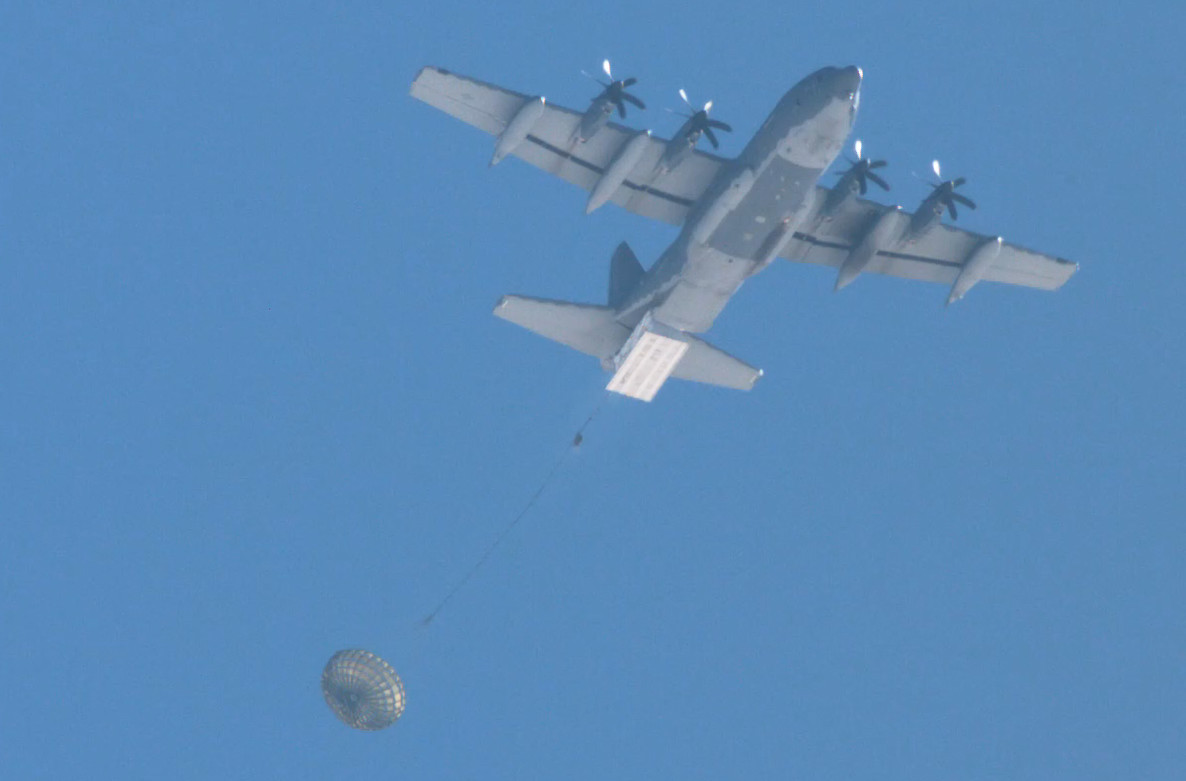
The Rapid Dragon concept, broadly, envisions AFSOC MC-130Js, as well as standard C-130 Hercules and C-17A Globemaster III airlifters, being able to rapidly shift from transports to stand-off strike platforms in support of higher-end operations. In principle, this would provide valuable additional flexibility and overall strike capacity at a relatively low cost. At the same time, questions have already been raised about how useful this new capability might actually be during large-scale operations where there are likely to be significant demands for moving personnel and materiel by air, especially amid existing concerns about shortfalls in airlift capacity.
SNC is certainly touting the potential for the MC-145B to provide an additional layer of flexibility and capacity in these kinds of scenarios. However, the aircraft’s value in this role could be limited by how many JASSMs, or other similarly large stores, it can carry at once and how readily it may be able to employ them, even in coordination with other assets providing the targeting information.
It will certainly be interesting to see whether or not the MC-145B’s ultimately has a future as a cruise missile-slinging platform in addition to its other capabilities.
Contact the author: joe@thedrive.com
